The Spanish Armada is one of the most famous events in English history, and a story that many can recount. The terrible Spanish tried to invade to depose the beloved Elizabeth I, but due to English ingenuity and British weather it failed spectacularly. Of course, the story is never as clear cut as that, and there was a lot of political lead up and aftermath to the failed expedition.
Spain and England were not necessarily traditional enemies up to this point. In fact, Elizabeth’s predecessor, Mary I, even married the Spanish king, Philip II. The English people had been worried at the potential control Philip may try and wield over the country, or the potential European wars the country may be dragged into as a result of Philip’s Habsburg lineage. As a result, Queen Mary’s Marriage Act was drawn up to ensure that Mary retained more authority over the kingdom than Philip, and to emphasise that England was not to be brought into any war that was not theirs. Mary and Philip’s marriage did not do much to ingratiate Spain with English subjects. Having undergone several decades of Protestant rule and reformation, many disliked Mary’s strongly Catholic rule, which was worsened by her marriage to a foreign Catholic leader. After Elizabeth took the throne and reinstated Protestantism, by the 1580s the Spanish were loathed for their heretical Catholic ways.
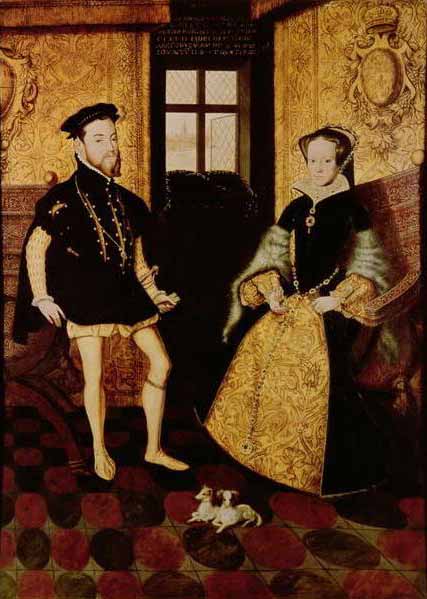
Philip and Mary, painted in 1558.
It was not just religion that made England and Spain enemies, however. In the late 1560s, Spain invaded the Netherlands in order to add it to their territories. The Dutch at this time were one of the few Protestant nations, and Elizabeth as a Protestant Queen felt obliged to help them. There was self-interest behind this, too; if Spain took control of the Netherlands, they would be in a good position to invade England. The Spanish were aided in their efforts by the Duke of Parma, and by 1585 the invasion seemed to be on the brink of success.
As a result, Elizabeth (who had generally maintained a policy of peace amongst foreign countries) was forced to act, and she sent troops and money to support the remaining Dutch fighters. If this wasn’t enough to incite the annoyance of the Spanish, Elizabeth also sent a small expedition of 25 ships with Sir Francis Drake to attack Spanish ports in the Caribbean. By the end of the year, Philip had decided on war. He had been unsuccessful in convincing Elizabeth to marry him, and in the past he had done much to defend Elizabeth amongst European Catholics. All this was returned by her betrayal in allying with the Dutch, and English piracy of Spanish ships. The last straw was Elizabeth’s execution of the Catholic monarch, Mary Queen of Scots, in 1587.

Mary, Queen of Scots, portrait after François Clouet, c. 1559.
Philip’s invasion plan seemed sound. The Spanish were a powerful nation who did not have too much to worry from the small country of England. By overthrowing Elizabeth, he would be able to finish his invasion of the Netherlands, as they would quickly fall without English help, and he would be able to add England as another jewel to his crown of territories. Catholicism would be restored to England, and Philip would be hailed across Europe as a Catholic hero. Moreover, England would stop being a thorn in the Spanish side in the New World, stopping pillaging of treasure ships and settlements. Spain would become a superpower.
From the start, however, the English proved to be a nuisance. In 1587, Francis Drake raided Cadiz, capturing or destroying around 30 ships and a vast amount of supplies – this was damaging enough to delay the expedition by a year. This delay was crucial to later English success; originally, the leader of the Armada was supposed to be the extremely experienced commander, Álvaro de Bazán, Marquis of Santa Cruz, but he died in February 1588, and his replacement, the Duke of Medina Sidonia, whilst a competent soldier, had no naval experience. The Duke expressed doubts about the campaign, but courtiers prevented these complaints from reaching Philip.
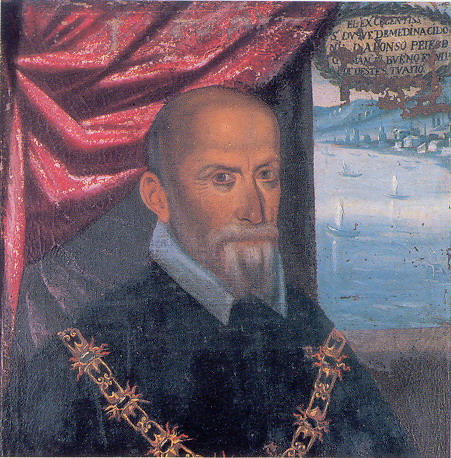
Duke Alonso Pérez de Guzmán, Marquis of Santa Cruz.
The plan for the Armada was to cross through the English Channel, collect 30,000 soldiers in the Spanish controlled areas of the Netherlands who were waiting with the Duke of Parma, and then the total force of 55,000 men were to land near to London. This was a very significant force for this time. The fleet itself was immense – 130 ships in all (28 of whom had been purpose built for the expedition), with 8,000 sailors alongside at least 18,000 soldiers who had nearly 3,000 guns. The fleet was so large that it took 2 days for the whole force to leave port.
English ships tried to intercept the Armada early on, but the Spanish were sailing in an almost impenetrable crescent formation, and refused to stop and engage with the English ships. If they had remained in this formation until they were able to pick up Parma’s forces, the expedition may have ended very differently. As it was, instead of anchoring in protected waters at the Solent, a stretch of water between the Isle of Wight and the mainland, the English fleet were causing enough problems for Duke Medina Sidonia to decide to retreat to a secure harbour. The only place they could anchor nearby was Calais, and so the Spanish fleet set sail. This was to prove a crucial mistake.
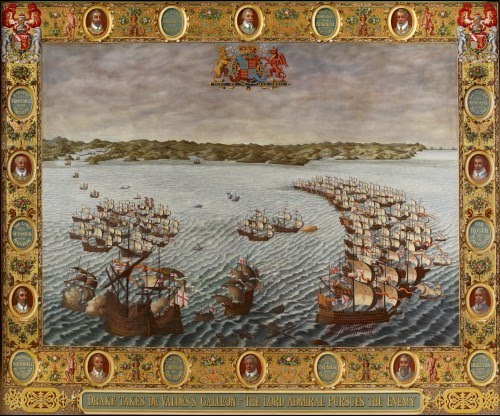
A copy of one of 10 tapestries commissioned in the 1590s by Lord Howard of Effingham, who had served as Lord High Admiral at the time of the Spanish Armada, which were destroyed in the fire of the Palace of Westminster, 1834.
As they arrived at Calais, expecting Parma’s army to be nearby, they received word that the force of 30,000 had been reduced to around 16,000 because of disease. Parma’s forces were still 6 days away, and Dunkirk was blockaded by a Dutch fleet of 30 flyboats. The Dutch fleet could not be dislodged, as it was made out of small boats that operated well in the shallow water, whilst the larger Spanish warships could not safely enter. In any case, Medina wanted to keep the ships for his own protection. Parma’s forces were trapped.
At midnight on 28 July, exactly 2 months after the Armada left Lisbon, the English assembled 8 regular warships, filled them with pitch, brimstone, gunpowder, and tar, set them on fire, and cast them downwind. The Spanish Armada, closely anchored in defensive formation, were now sitting ducks. 2 of the fireships were intercepted, but the rest reached the fleet. Having seen the devastating effects of large fireships filled with lots of gunpowder in past battles, the fleet cut their anchors and scattered to avoid the ships. Whilst none of the ships were damaged by the fireships, the fleet was now not only no longer in the strong crescent formation, but outside Calais with a south-westerly wind preventing them from re-docking or re-grouping.
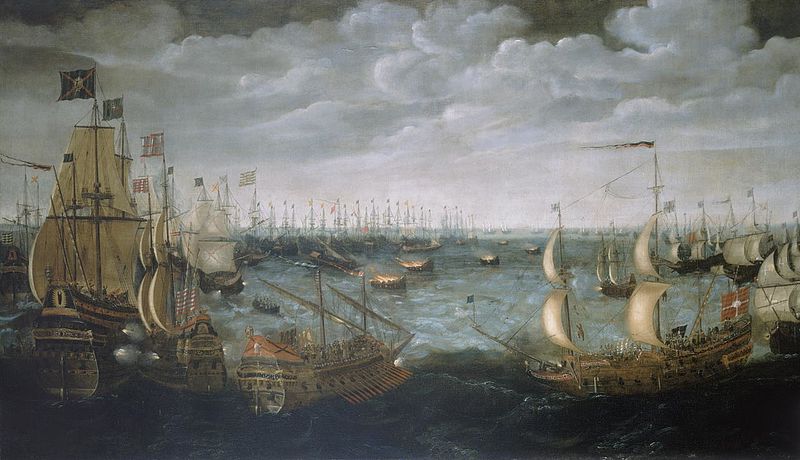 The English fireships launched at Calais, a contemporary Flemish interpretation.
The English fireships launched at Calais, a contemporary Flemish interpretation.
Battle was now inevitable, but once again the Spanish were at a disadvantage. Spanish ships were built for close-quarter fighting, and Spanish naval tactics involved using the heavy guns which were difficult to reload to fire once, and then have the men manning the guns run on deck in order to board the enemy ship. This meant Spanish fighting relied on getting close to the enemy. The English ships, however, were smaller and faster, and well aware of Spanish tactics; the English maintained their distance from the ships, provoking Spanish fire but remaining distant from the fleet, then darting in, firing shots into the Spanish, and retreating again.
By mid-afternoon, the English were forced to pull back as they had run out of ammunition. Only 5 Spanish ships had been lost. Most importantly, however, all hope with joining up with Parma’s army was now lost, and so the English only had to deal with the Armada force. The Armada was chased by the English fleet as far as the Firth of Forth in Scotland, where they then left the Spanish to their fate.

A diagram showing the route the Armada took.
Not long after this fighting came probably Elizabeth’s most famous speech, the Tilbury Address. Forces had been mustered at West Tilbury, Essex, in preparation for Parma’s forces, but there were only 4,000 soldiers – even Parma’s reduced force of 16,000 men greatly outnumbered this English defence. In reality, Parma’s forces had no hope of reaching England, but the English were still considering them a threat. The force at Tilbury was the last line of defence for preventing forces from travelling up the Thames Estuary towards London. Elizabeth herself joined the troops, knowing that this invasion force was a crucial moment in her reign. Dressed in white with a silver cuirass and mounted on a grey gelding, she was joined by her lieutenant general and her Master of the Horse. Men walked ahead of her holding the Sword of State and Elizabeth’s silver helmet. Elizabeth was deliberately showing her men that she was ready to fight alongside her people. Elizabeth then made her address.
“My loving people
We have been persuaded by some that are careful of our safety, to take heed how we commit our selves to armed multitudes, for fear of treachery; but I assure you I do not desire to live to distrust my faithful and loving people. Let tyrants fear. I have always so behaved myself that, under God, I have placed my chiefest strength and safeguard in the loyal hearts and good-will of my subjects; and therefore I am come amongst you, as you see, at this time, not for my recreation and disport, but being resolved, in the midst and heat of the battle, to live and die amongst you all; to lay down for my God, and for my kingdom, and my people, my honour and my blood, even in the dust.
I know I have the body of a weak, feeble woman; but I have the heart and stomach of a king, and of a king of England too, and think foul scorn that Parma or Spain, or any prince of Europe, should dare to invade the borders of my realm; to which rather than any dishonour shall grow by me, I myself will take up arms, I myself will be your general, judge, and rewarder of every one of your virtues in the field.
I know already, for your forwardness you have deserved rewards and crowns; and We do assure you on a word of a prince, they shall be duly paid. In the mean time, my lieutenant general shall be in my stead, than whom never prince commanded a more noble or worthy subject; not doubting but by your obedience to my general, by your concord in the camp, and your valour in the field, we shall shortly have a famous victory over these enemies of my God, of my kingdom, and of my people.”

Enjoying this blog post? Buy me a hot chocolate!
Consider donating the cost of a hot chocolate to me, so I can continue to write and run Just History Posts.
£3.50
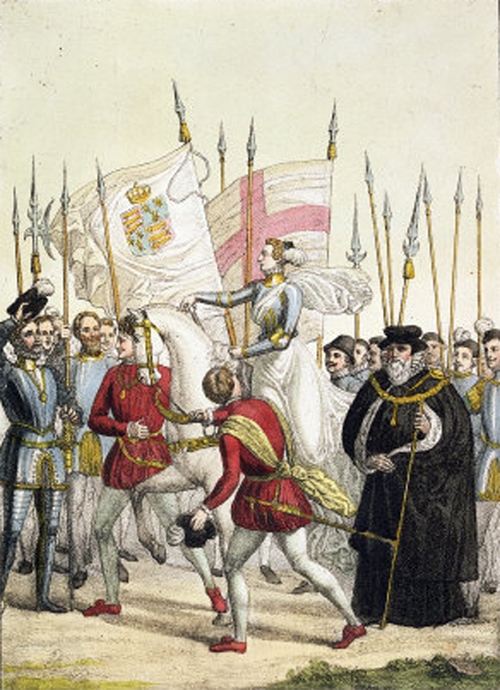
An imagining of Elizabeth at Tilbury.
In the end, the invasion never materialised. The Spanish troops up in Scotland were already suffering from thirst and exhaustion by the time the English had abandoned them. Now, as they attempted to sail around Scotland and Ireland into the North Atlantic, the damaged ships were showing wear from being on the sea for many months and suffering in battle. Some ships were barely holding together, and the men were starving and dehydrated. Storms and the Gulf Stream moved the ships out of the desired course, driving the fleet towards the shore. As many of the ships’ anchors had been cut to escape Calais, there was no way of securing shelter, and many were driven onto the rocks on the coast of Ireland. Those who survived the shipwrecks were slaughtered by English forces ashore.
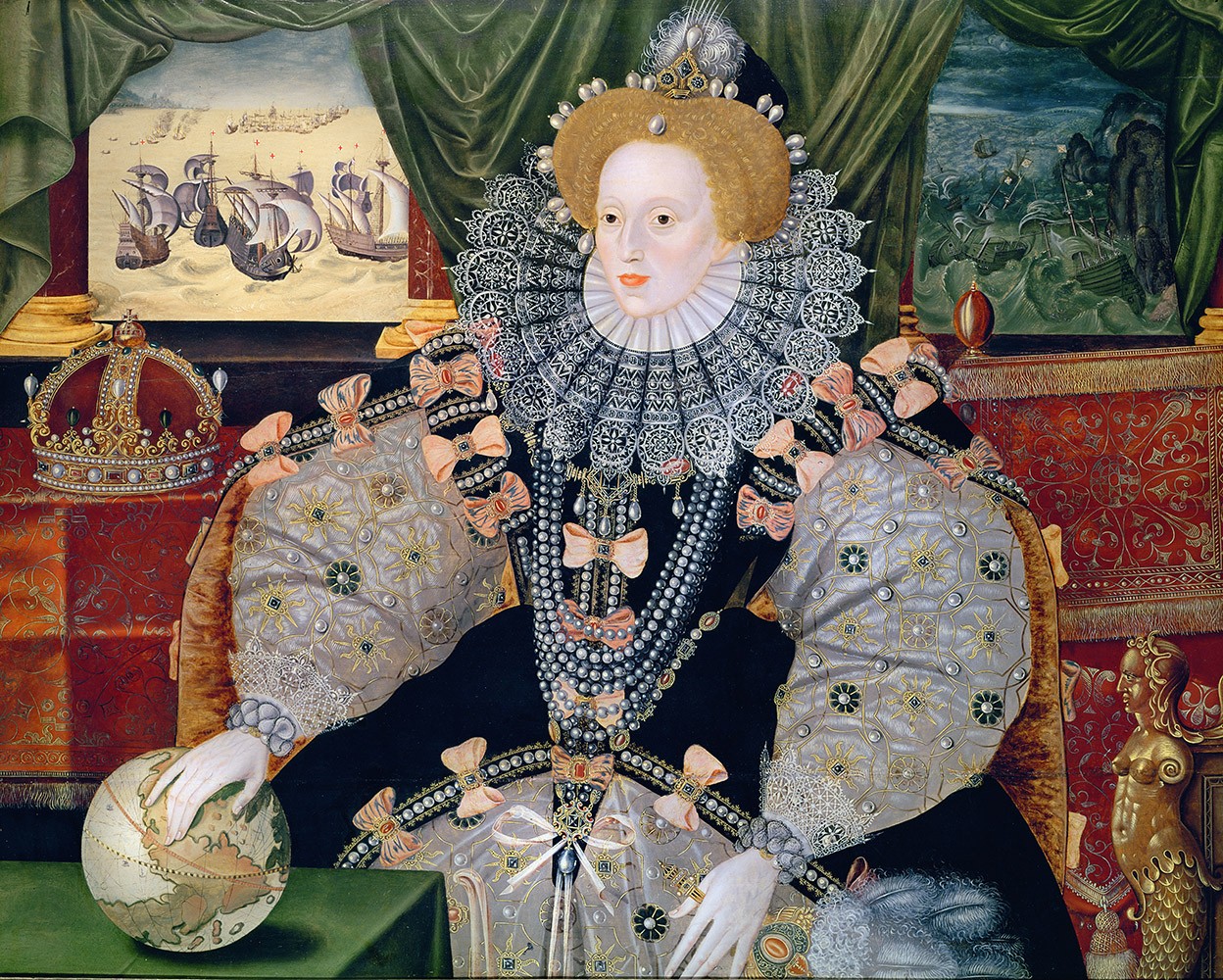
The Famous Armada Portrait, with the sinking Spanish ships visible in the background.
By the end of the disastrous campaign, 67 ships and fewer than 10,000 men survived. Those who did survive were near death from disease and starvation, and many died later back in Spain. It had cost two-thirds of the entire revenue from the Spanish Empire to build. The Armada was a triumph for the English (despite the disaster of their counter-armada the next year) and English propaganda seized upon it. The famous Armada portrait of Elizabeth was commissioned, and copies of her speech spread, with 6 different versions surviving today. Commemorative medals inscribed, “1588. Flavit Jehovah et Dissipati Sunt” (“God blew, and they are scattered”) were created, as well as more playful ones with Venit, Vidit, Fugit (he came, he saw, he fled). Even today, the defeat of the Armada is hailed as one of the greatest English victories, and is remembered alongside Agincourt as one of those great medieval/early modern examples of the plucky, outnumbered English defeating their more powerful adversaries.
Previous Blog Post: Ancient Wonders: The Great Wall of China
Previous in Important Events: The Anarchy: England’s Medieval Civil War
List of Blog Posts: here Blog Homepage: here
Buy my books via the pictures below! Or why not check out our shop?
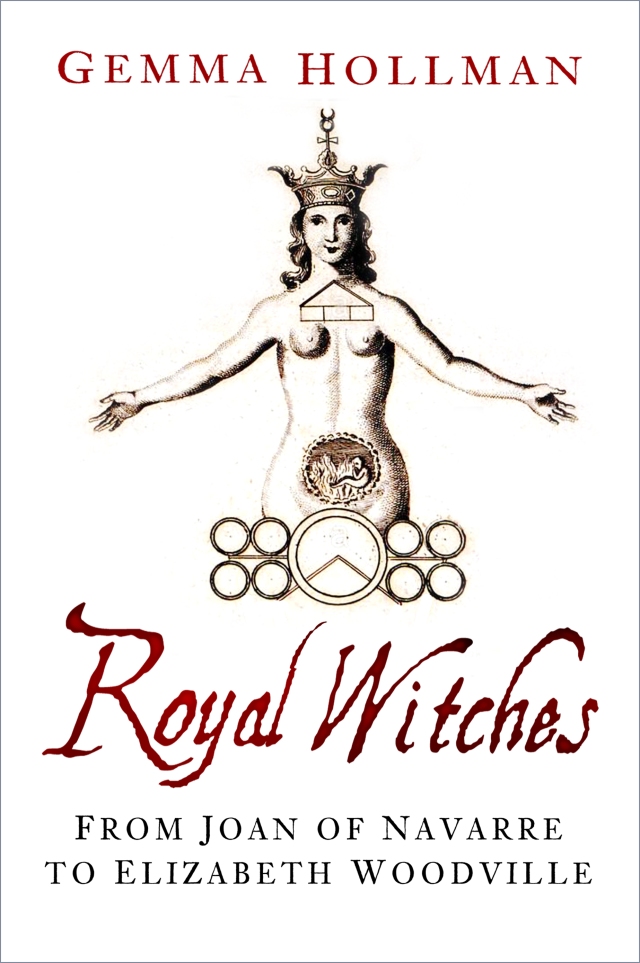
Follow us:
You can read more about the Spanish Armada here:
http://www.bl.uk/learning/histcitizen/uk/armada/back/backd.html
http://www.historic-uk.com/HistoryUK/HistoryofEngland/Spanish-Armada/
http://www.history.com/news/history-lists/8-things-you-may-not-know-about-the-spanish-armada
http://www.historyextra.com/article/elizabeth-i/10-facts-spanish-armada
http://www.bbc.co.uk/history/british/tudors/adams_armada_01.shtml


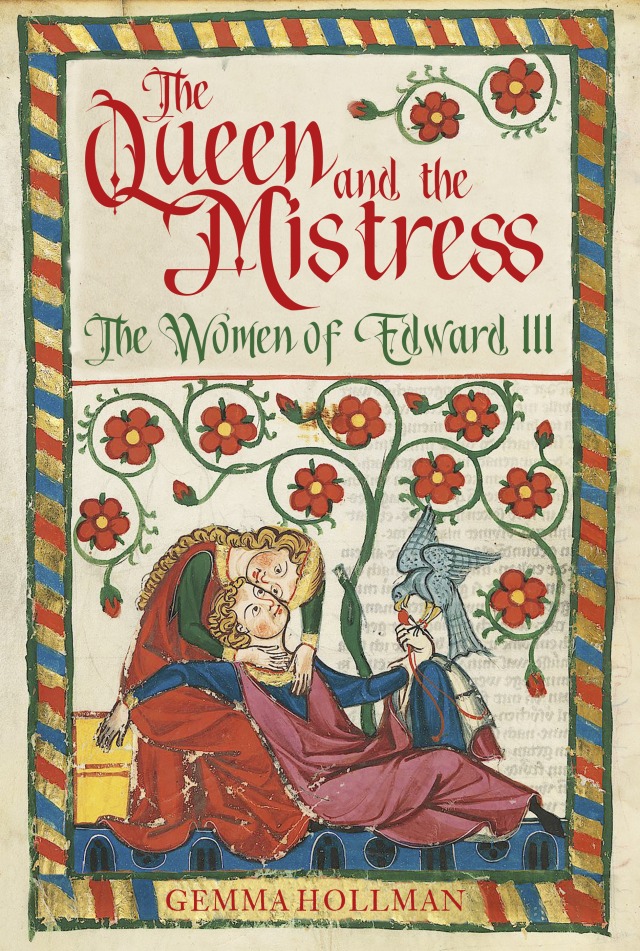



A wonderful and very readable summary of this historic event.
LikeLiked by 1 person
Reblogged this on Shrewdly.
LikeLike
An epic tale, beautifully told. I have always felt rather sorry for the Spanish in this context, though the impact on our history had they been successful would have been profound, and negative. Didn’t many of those wrecked along the coast subsequently perish at the hands of locals, if they were lucky enough to survive a watery grave?
LikeLike
Yes, it was quite a disastrous journey with lots of deaths, and they were quite vilified afterwards even though they didn’t necessarily have the worst of intentions. Yes, unfortunately for those who were shipwrecked, if English soldiers in Ireland didn’t kill them then the locals certainly did. Makes it even worse to have survived all that then die anyway!
LikeLike
Reblogged this on Lenora's Culture Center and Foray into History.
LikeLike